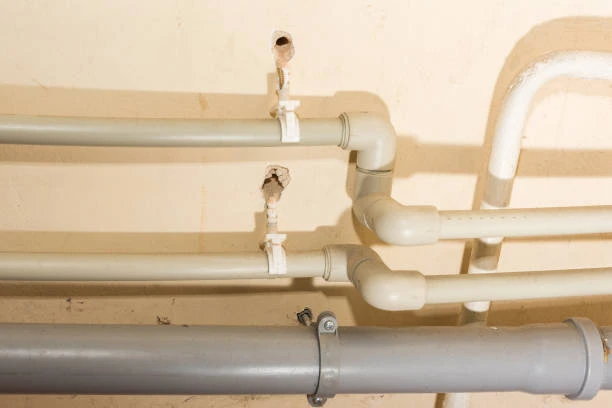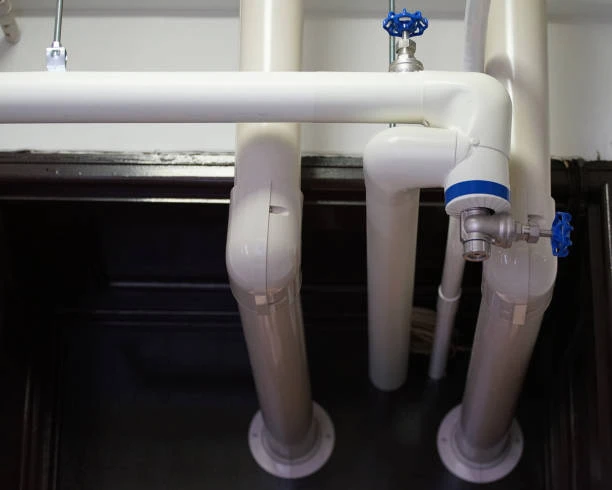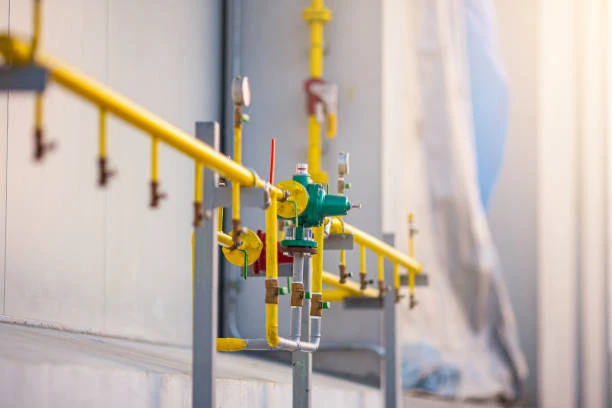Thermal Expansion Handling: Installation Tips for PEX Piping
Thermal expansion is an important consideration when installing any type of plumbing system, especially in regions with fluctuating temperatures. PEX piping, known for its flexibility and durability, is increasingly used across residential, commercial, and industrial projects in Australia. However, to achieve long-term reliability and performance, installers must understand how to manage expansion and contraction properly. This guide focuses on best practices for handling thermal expansion during australia standard PEX pipe installations.
We will cover key installation tips, system definitions, common applications, and the advantages of PEX compared to traditional materials. Whether you are a contractor, engineer, or procurement specialist, this article offers insights into selecting, installing, and maintaining a compliant and efficient PEX system.
Frequently Asked Questions (FAQ)
1. What is thermal expansion in PEX piping?
Thermal expansion occurs when PEX pipes grow longer as they heat and contract when they cool. Proper installation allows for movement to prevent stress or damage.
2. How much can PEX expand?
PEX typically expands about 1 inch per 30 metres for every 10°C rise in temperature. This makes expansion loops or slack important in long runs.
3. Is australia standard PEX pipe suitable for both hot and cold water?
Yes, it complies with AS/NZS 2492 standards, making it safe and reliable for hot and cold potable water systems.
4. Do I need special fittings for thermal expansion?
Standard fittings suffice, but the system should include flexible routing, expansion loops, and secure yet adjustable brackets.
5. Can I bury PEX underground in Australia?
Yes, PEX pipe can be buried if properly sleeved or protected, and it meets national plumbing code requirements.
What Is PEX Piping and Why It’s Widely Used
PEX (cross-linked polyethylene) is a high-performance thermoplastic pipe used for water distribution systems. It is made by chemically or physically linking polyethylene molecules to improve strength, thermal stability, and resistance to chemical degradation.
Main Features of PEX Pipe:
Flexibility: It bends around corners, reducing the need for fittings.
Corrosion Resistance: It doesn’t rust, scale, or corrode over time.
Thermal Resilience: Withstands high and low temperatures, ideal for Australian climates.
Smooth Interior: Reduces pressure loss and energy waste in hot water systems.
Longevity: Expected lifespan of over 50 years under normal conditions.
The australia standard PEX pipe specifically meets the AS/NZS 2492 and AS/NZS 2537 regulations, ensuring its safety and effectiveness for domestic and commercial use.
Typical Uses and Industries for PEX Piping
Due to its excellent performance and ease of installation, PEX is used in various settings:
Residential Applications:
Hot and cold water distribution
Underfloor heating systems
Rainwater reuse systems
Commercial and Institutional:
Schools, hospitals, and office buildings
Aged care facilities and apartment complexes
Hotel plumbing networks
Industrial and Agricultural:
Cooling and heating process systems
Irrigation lines
Washdown and sanitation areas
PEX systems are popular in coastal and inland Australia alike, as they offer resilience against harsh environmental conditions, including salty air and UV exposure (when protected).
Buying Guide: Choosing the Right Australia Standard PEX Pipe
Before purchasing PEX pipes for a project, it’s important to assess several quality factors:
1. Certification
Make sure the product carries these marks:
AS/NZS 2492: Compliance for cross-linked polyethylene pressure pipes.
WaterMark: Indicates approval under the Australian Plumbing Code.
ISO 9001: Ensures the manufacturer maintains consistent quality processes.
2. PEX Type
There are three main types:
PEX-a: Highest flexibility and thermal memory, suitable for tight spaces.
PEX-b: Most common and cost-effective.
PEX-c: Electron-beam cross-linked, offering moderate performance.
3. Colour Coding
Red: Hot water
Blue: Cold water
White/Grey: Universal
This colour system simplifies installation and ongoing maintenance.
4. Diameter Sizing
For higher flow rates or long-distance runs, the australia standard PEX pipe is available in multiple diameters—typically 16 mm to 50 mm. Select the appropriate size based on pressure requirements and application type.
5. UV Resistance
If PEX will be installed near sunlight or outdoors, choose pipes with UV protection or install inside conduit.
Installation Advice: Managing Thermal Expansion in PEX Systems
Handling thermal expansion effectively is essential to prevent long-term issues such as stress cracking or pipe buckling. Follow these tips for success:
1. Allow Natural Movement
Don’t install PEX too tightly against surfaces. Allow enough slack for the pipe to expand and contract freely.
2. Use Expansion Loops
Include gentle curves or expansion loops in long pipe runs. These loops absorb the thermal movement without placing stress on joints or brackets.
3. Flexible Supports and Brackets
Install brackets that allow minor movement. Avoid rigid clips that can restrict the pipe’s natural behaviour.
4. Avoid Sharp Bends
Use gradual curves or dedicated elbow fittings to reduce pressure points. Sharp bends increase the risk of damage during temperature shifts.
5. Insulate Appropriately
Use insulation to reduce rapid temperature changes and prevent excessive expansion and contraction, especially in external installations.
6. Follow Manufacturer Guidelines
Each manufacturer, including IFAN, offers specific installation manuals that outline tolerances, spacing, and acceptable bend radii.
PEX Piping vs Traditional Materials: A Comparison
The table below compares australia standard PEX pipe with traditional materials used in plumbing systems:
| Feature | PEX Pipe | Copper Pipe | PVC Pipe | Galvanised Steel |
|---|---|---|---|---|
| Corrosion Resistance | Excellent | Moderate (can corrode) | Good (but brittle) | Poor in humid conditions |
| Thermal Expansion Handling | Excellent (flexible) | Poor (requires offsets) | Poor | Poor |
| Installation Ease | Very Easy | Requires soldering | Easy but rigid | Difficult |
| Cost Efficiency | High | Expensive | Low | Moderate |
| Life Expectancy | 40–50 years | 20–30 years | 10–15 years | 15–20 years |
| Environmental Safety | Safe (BPA-Free) | Safe | Variable | Contains heavy metals |
| Weight | Lightweight | Heavy | Lightweight | Very Heavy |
| Ideal for Expansion Loops | Yes | No | No | No |
Clearly, PEX is the most suitable material when thermal movement and corrosion resistance are a concern, especially in Australian conditions.
Summary
In climates where temperatures vary and longevity is critical, managing thermal expansion is not optional—it’s essential. Australia standard PEX pipe provides flexibility, safety, and ease of installation, making it a preferred solution for water supply systems of all sizes. By allowing for natural pipe movement and using the right installation techniques, professionals can ensure a high-performing, long-lasting plumbing system.
PEX also outperforms copper, PVC, and galvanised pipes in thermal stress handling and long-term resilience, particularly in Australia’s diverse environmental conditions. Whether you’re planning a small-scale residential fitout or a large commercial plumbing project, IFAN’s certified PEX systems offer the performance and confidence you need.
Contact Us
IFAN is a trusted Chinese manufacturer with over 30 years of experience in plastic pipes, valves, and fittings. We offer a wide range of Australia standard PEX pipe systems certified for safety, durability, and performance in harsh conditions.
For more information,pls visit our webside https://waterpipefitting.com/
Pls Mailto: [email protected]
Whatsapp: +86 15088288323
We respond to all messages within 24 hours and provide technical support for all IFAN piping systems. Contact us today for product details, samples, or quotes tailored to your project needs.














Recent Comments